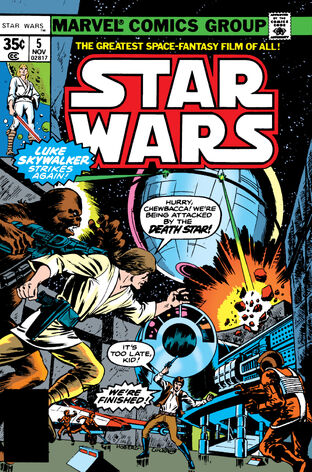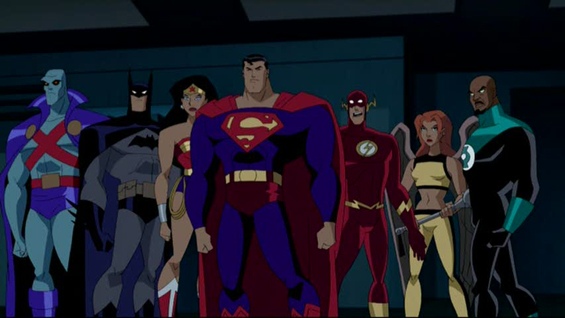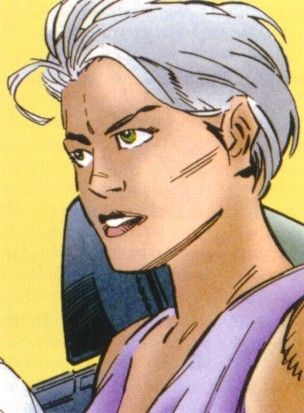 Lately, I’ve been using my series The Expanded Universe Explains to explore some of the more, well, overexplained corners of the Star Wars universe—namely, events referenced or implied by the original trilogy that have since been depicted multiple times (usually in a contradictory fashion) by further sources. While that process remains ongoing, my search for the best candidates has led me to the conclusion that perhaps the worst offender is not a single event, but basically the entire span of time between A New Hope and The Empire Strikes Back. Further, it occurs to me that in a quandary of this type we find likely the strongest argument in favor of the Story Group, and therefore its greatest opportunity to strengthen this new canon we find ourselves in.
Lately, I’ve been using my series The Expanded Universe Explains to explore some of the more, well, overexplained corners of the Star Wars universe—namely, events referenced or implied by the original trilogy that have since been depicted multiple times (usually in a contradictory fashion) by further sources. While that process remains ongoing, my search for the best candidates has led me to the conclusion that perhaps the worst offender is not a single event, but basically the entire span of time between A New Hope and The Empire Strikes Back. Further, it occurs to me that in a quandary of this type we find likely the strongest argument in favor of the Story Group, and therefore its greatest opportunity to strengthen this new canon we find ourselves in.
Ask any old-guard EU fan which era of SW is the most crammed full of stories and they won’t even blink before responding with the aforementioned time period—0-3 ABY, as it’s (ostensibly) known in-universe. We tend to think of that era as a nonstop relay race in which our heroes dash from one adventure to the next with scarcely a bathroom break in between; and while there are indeed hundreds, literally hundreds, of stories set there, the truth of this problem is much more complicated. Read More


 As I noted
As I noted  Despite the Prequel Era being off-limits during the heyday of the Expanded Universe, a few details did sneak through here and there that served to color in the pre-Republic period we would eventually see on screen, and while most of them were intentionally vague, for every outright error, there was a lucky guess. One of the best examples of this comes in the form of Winter, a character introduced alongside Thrawn and Mara all the way back in Heir to the Empire.
Despite the Prequel Era being off-limits during the heyday of the Expanded Universe, a few details did sneak through here and there that served to color in the pre-Republic period we would eventually see on screen, and while most of them were intentionally vague, for every outright error, there was a lucky guess. One of the best examples of this comes in the form of Winter, a character introduced alongside Thrawn and Mara all the way back in Heir to the Empire.